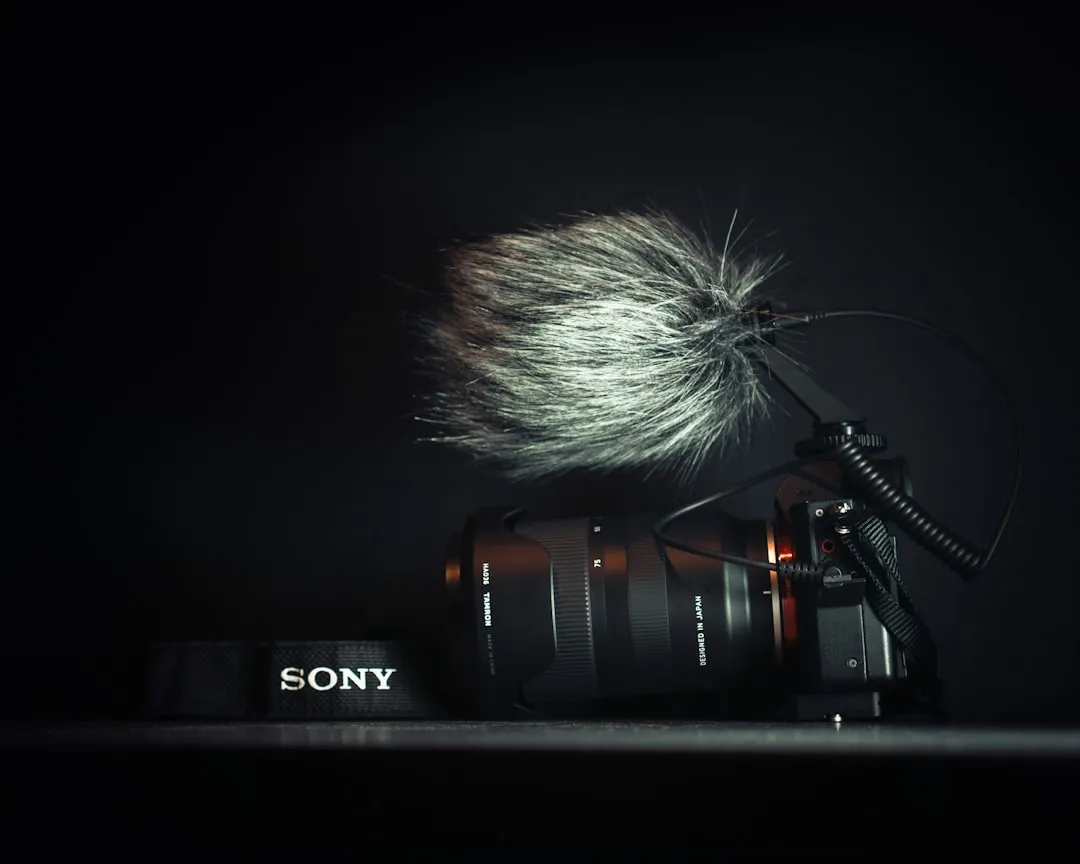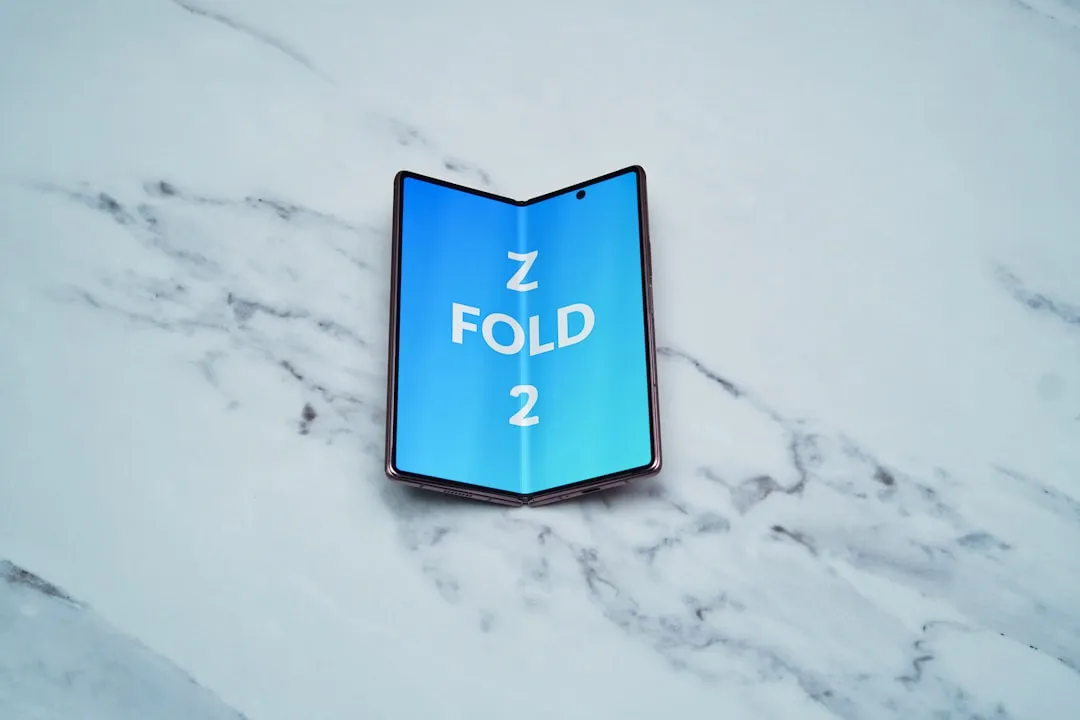How-To Guides about First Aid


how to
How to Make Your Own Resusable, Lasting Ice Pack for 30 Cents


how to
How to Treat a Snake Bite


how to
Nobody Around to Save You from Choking? Save Yourself by Falling on the Floor

















![How to Treat burns and scalds [signed] (British Red Cross) cover](https://assets.content.technologyadvice.com/634753480821183608_2b51e3814f.webp)












Featured On WonderHowTo:
Productivity & Shortcuts










Featured On WonderHowTo:
Music & Audio










Featured On WonderHowTo:
Augmented Reality










Featured On WonderHowTo:
Gaming




























































































































































































































